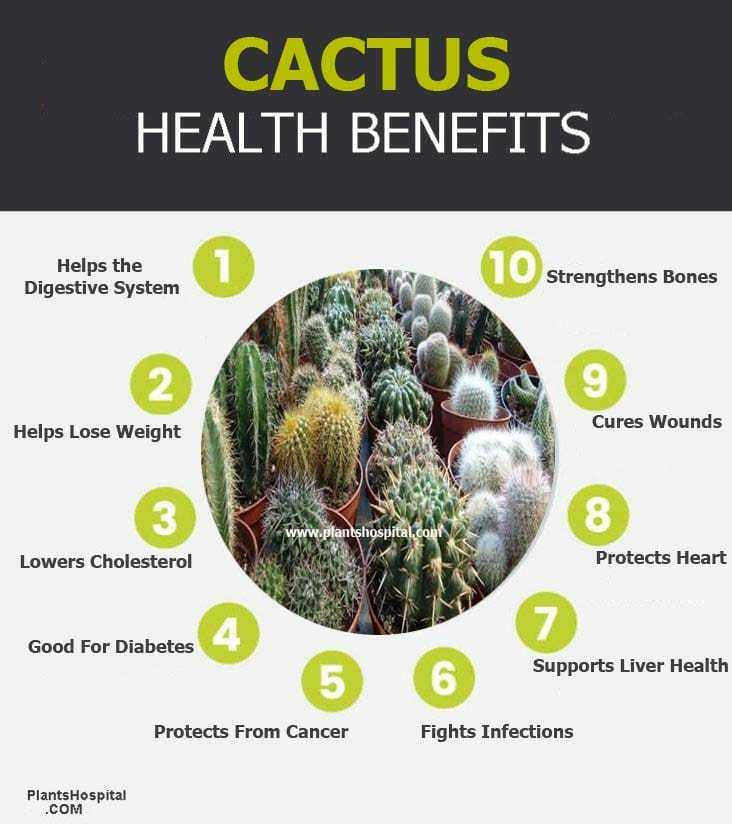0-10-10 Fertilizer: Unlocking the Secrets to Thriving Cactus Plants
Cacti are often revered not just for their stunning aesthetics but also for their resilience in arid environments. To cultivate these hardy plants successfully, utilizing the right kind of fertilizer can make all the difference. Enter the 0-10-10 fertilizer—a distinctive formulation that could transform your approach to cactus care. This article delves into what 0-10-10 fertilizer is and how it can benefit your prized cactus collection.
Understanding 0-10-10 Fertilizer: The Numbers Tell a Story
When you encounter fertilizer labeled as 0-10-10, you’re looking at a unique composition that speaks volumes about its intended application. The three numbers on fertilizer packages indicate the ratio of essential nutrients: nitrogen (N), phosphorus (P), and potassium (K). In this instance, the absence of nitrogen (0) signifies that this fertilizer is designed specifically for plants that thrive with limited nitrogen inputs.
In the case of cacti, too much nitrogen can encourage lush growth, which is counterproductive for plants adapted to arid, nutrient-poor environments. By providing 10 parts phosphorus and 10 parts potassium, this fertilizer fosters root development and boosts overall plant vigor while minimizing the risks of over-fertilization.
The Importance of Phosphorus: The Unsung Hero
Phosphorus is a vital component within the realm of plant nutrition, often overshadowed by the more commonly discussed nitrogen. This nutrient plays an indispensable role in energy transfer and photosynthesis, paving the way for robust root systems and flower development. For cacti, healthy roots are critical as they anchor the plant and facilitate water absorption.
Utilizing a fertilizer rich in phosphorus can yield a plethora of benefits for your cactus, including enhanced growth rates and improved nutrient uptake. When you introduce 0-10-10 fertilizer to your cactus care regimen, you’re not just feeding your plant; you’re cultivating a foundation for its lifelong health.
Potassium’s Role: The Catalyst for Resilience
Equally important is potassium, often nicknamed the “quality nutrient.” This mineral acts as a catalyst in various physiological processes within the plant, promoting resilience under stress conditions like drought or disease. For cacti, potassium helps regulate water usage, thus ensuring the plant can survive even the harshest conditions.
In addition, potassium enhances the metamorphic process known as photosynthesis, fostering better light absorption and gas exchange. With regular applications of a 0-10-10 fertilizer, you’re essentially arming your cacti with the tools they need to flourish even when natural conditions are less than perfect.
When to Use 0-10-10 Fertilizer: Timing is Everything
The timing of fertilizer application can significantly influence its effectiveness. For cacti, the ideal windows for introducing 0-10-10 fertilizer are spring and early summer. During this growth phase, your cacti require more energy resources to support new growth. This is when the high levels of phosphorus and potassium can have the most dramatic effect.
However, it is crucial to employ moderation. Fertilizing too frequently can lead to nutrient buildup, which could harm your plant instead of helping it. A general rule of thumb is to apply 0-10-10 fertilizer every 4 to 6 weeks during the growing season, while drastically reducing or ceasing applications in the fall and winter. This cyclical approach aligns with the natural dormancy pattern of many cactus species.
Application Techniques: Mastering the Method
Applying fertilizer might seem like a straightforward chore, but employing the correct technique can optimize its impact. 0-10-10 fertilizer can be introduced either through the soil or as a diluted liquid. For potting applications, mix the granules into the top layer of soil to facilitate efficient nutrient absorption during watering.
For liquid applications, dissolve the recommended amount in water and apply it directly to the soil while avoiding the cactus itself to prevent potential rot. Always ensure your cactus is adequately hydrated before fertilization to mitigate any risk of nutrient shock.
Observe and Adapt: Read the Cues of Your Cactus
Every cactus species has its quirks and preferences. Observing your plants closely can provide insights into how well they respond to the introduction of 0-10-10 fertilizer. Signs of success usually include increased growth rates and vibrant, healthy-looking foliage. Conversely, paleness, stunted growth, or rotting may indicate over-fertilization or nutrient imbalance.
Adaptation is key. Don’t hesitate to adjust your fertilization routine based on your observations. Each cactus is a unique entity deserving of individual attention, and customizing your approach could yield extraordinary results.
Conclusion: Elevating Your Cactus Care Game
In the grand tapestry of cactus cultivation, the use of 0-10-10 fertilizer emerges as a powerful thread. This specialized fertilizer not only enriches the soil profile but also nurtures the very essence of what makes cacti thrive—resilience, vibrancy, and adaptability. By integrating this unique blend of phosphorus and potassium into your cactus care strategy, you can elevate your gardening game and unlock the hidden potential within your spiny companions.





Leave a Comment